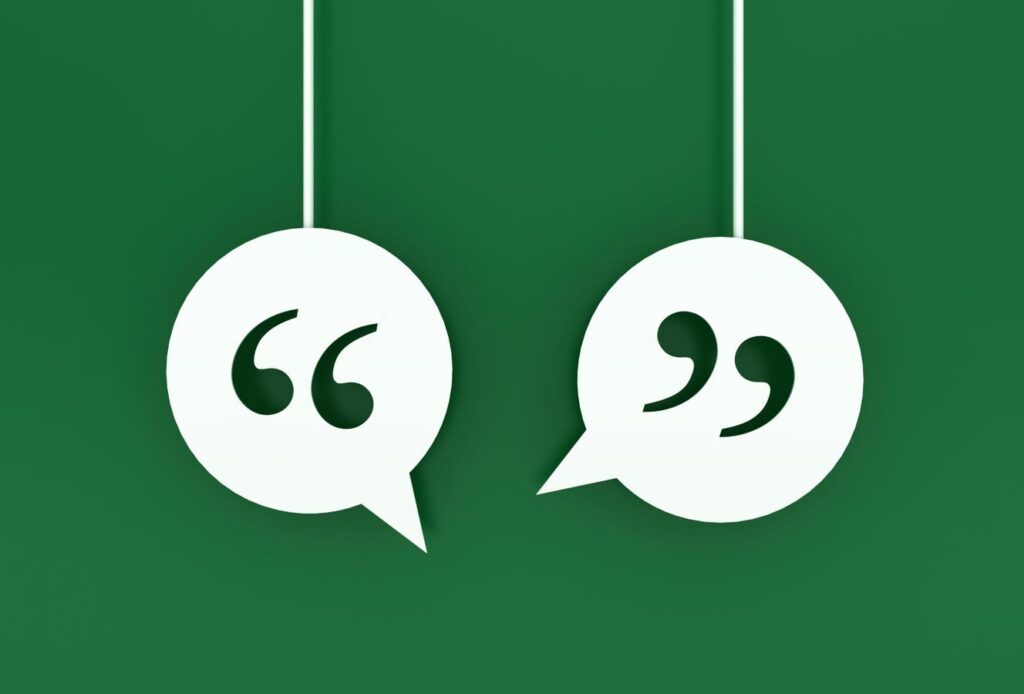Your customers keep telling you what they want. Every interaction, every email, every support ticket contains gold. But you’re not listening. For best results: recognize every signal. See trends where others see isolated comments. Build products people actually buy. Anticipate customer needs before competitors even notice them.
These five ChatGPT prompts will help you extract meaning from customer interactions you’re currently missing. Copy, paste and edit the square brackets in ChatGPT, and keep the same chat window open so the context carries through.
ChatGPT prompts: discover what your customers really want
Ask the right questions to uncover true needs
Customers rarely tell you their deepest problems outright. They talk around issues, mention symptoms instead of causes, or stay silent about what really matters. Revenue explodes when you align your services with their actual concerns rather than what you assume they need. Start digging for what keeps them awake at night. Listen for the hesitations and the things they mention repeatedly.
“Guide me through analyzing feedback from my customers to uncover their greatest needs. First, ask me questions to understand my current products or services and my typical customer profile. Then, based on our conversation, generate five probing questions I can ask in my next customer interaction that will reveal their true challenges, desires, and unspoken needs. For each question, explain the psychological principle behind it and what responses might indicate.”
Decode non-verbal communication signals
Body language speaks louder than words. Crossed arms during your product demo. Quick glances at phones during your pitch. Furrowed brows when you mention pricing. These signals tell you exactly what’s working and what’s not. Many businesses miss these cues and keep pitching features no one cares about. Learn what to look for and adjust your approach accordingly.
“I want to better understand my customers’ non-verbal signals during meetings and sales presentations. Create a guide for reading body language in business settings. For each key signal (facial expressions, posture, gestures, etc.), explain what it might indicate about my customer’s interest, concerns, or objections. Then suggest how I could respond to each signal in the moment to address concerns or build on positive engagement. Include specific phrases I could use to subtly acknowledge what I’m seeing without making them uncomfortable.”
Extract insights from written communication
Emails hold intelligence about your customers. The questions they ask repeatedly. The features they keep requesting. The complaints that never seem to go away. But there’s even more when you read between the lines. Spot patterns nobody else sees when you analyze their written words carefully. Look for emotional language. Find the gap between what they say they want and what they actually need.
“Help me analyze customer communications to identify patterns and insights. I’ll share examples of emails, chat logs, or support tickets from my customers. [Include your examples here] First, ask me about my business goals and what kind of insights would be most valuable. Then, analyze the communication examples for: recurring themes, emotional tone, specific feature requests, pain points mentioned multiple times, and opportunities for improvement. Provide a structured analysis with recommended actions based on these insights.”
Train your team to capture customer intelligence
Your team hears things you never will. The casual comment to customer service. The offhand remark during implementation. Teams lack systems to collect this intelligence. They forget crucial feedback or dismiss it as one-off complaints. Turn every team member into a customer insights detective. Give them specific signals to watch for and ways to report what they find.
“Create a customer intelligence gathering system for my team. First, ask me about my business, team structure, and current feedback collection methods. Then, develop a framework that includes: key customer signals my team should watch for, specific questions team members should ask during interactions, a simple method for documenting and sharing insights, and a regular review process to turn these insights into action. Make the system practical enough that my team will actually use it.”
Test new ideas with prototype conversations
The best products solve real problems people will pay to fix. Yet businesses launch offerings based on hunches, not evidence. They spend months building what nobody asked for then wonder why sales flop. Test concepts through conversations long before building anything. Float ideas, gauge reactions, and pivot based on feedback rather than ego.
“Guide me through creating a concept testing script to validate new business ideas with potential customers. First, ask me about the new product or service I’m considering. Then, help me craft a conversation framework that: introduces the concept naturally without leading questions, probes for honest reactions even if negative, explores willingness to pay, and identifies potential dealbreakers. Include specific questions to ask and ways to interpret various responses. My business idea is [describe your concept].”
Read your customers’ signals to build a business they can’t ignore
Your business thrives when you understand what customers actually want. Ask the right questions, decode non-verbal communication signals, and extract insights from written communication. After that, train your team to capture customer intelligence and test new ideas with prototype conversations.
Extract insights from every interaction and turn them into action.The insights you need exist today, waiting to be discovered. Create irresistible offerings, and build a business your customers couldn’t imagine living without.
Read the full article here

